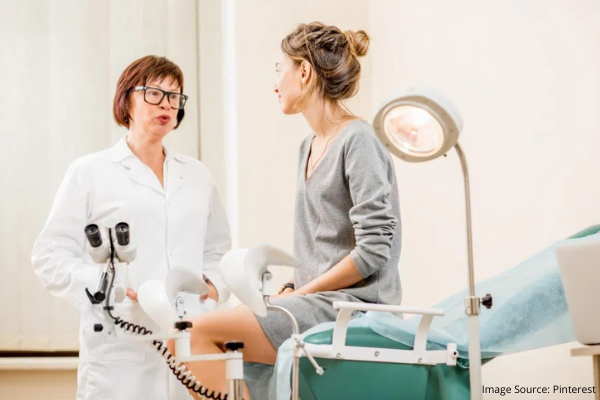

HOW OFTEN SHOULD A FEMALE VISIT HER GYNECOLOGIST AFTER PUBERTY?

While it is important for all teenage girls to visit their gynaecologists at least once a year after the age of 13 to 15 years of age, it becomes more important if she has problems with periods or if she is or is planning to become sexually active. Visiting the gynaecologist from a young age onwards helps the teenager develop a rapport with her doctor so that she is comfortable when asked a personal question or needs to share something that is equally personal or embarrassing to her.
This is according to the recommendations of the American College of Obstetrics and Gynecology (ACOG) but doesn’t hold true with all countries and cultures. In India for example, girls are recommended to go for their first regular gynaecological check-up after the ages of 18 to 21 years. This is not a rule per say as it may become necessary to visit the gynaecologist earlier too if the female in question is having problems with her periods, vaginal discharge or abnormal lower abdominal pain.
Most first regular gynaecologist visits, along with a chaperone are meant to get the patient comfortable with the doctor while he/she does an external genital and abdominal (belly) examination for the size and shape of their uterus and ask a few pertinent questions.
While the idea of seeing a gynaecologist may seem embarrassing to any female, in younger ones, it can be a little unnerving too, especially as they associate visits to the doctor with ill-health. She needs to be told that the purpose of a gynaecologist visit is for collecting information about her changing body, learning about prevention of pregnancy and sexually transmitted diseases and finally, it’s also about the treatment of any existing problems. An annual check-up is recommended for most females, but after the age of 45 years, a yearly visit to the gynaecologist for a full external and internal check-up including the Pap smear becomes a must.
Pap smear
The first Pap smear is recommended at the age of 21, and then from then thereon, at a gap of 3-5 years. It’s a simple test where a small, slim spatula is inserted into the cervix to slough off a few cells for examination for cell abnormalities.
Physical examination
This is common to most doctors as they check the vitals including BP and weight. The breasts, heart, lungs and abdomen are also examined to gather baseline information.
Breast examination
This is usually not performed on teenagers, but is done on a regular basis for those 21 years and above to detect lumps and cysts.
Internal examination
The doctor places one hand on the abdomen and a finger or two inside the vagina for an internal pelvic examination of the uterus and ovaries’ positions. This is also when the Pap smear and test for STDs are done. Taking deep relaxing breaths during the exam helps relax the muscles and get you comfortable.














